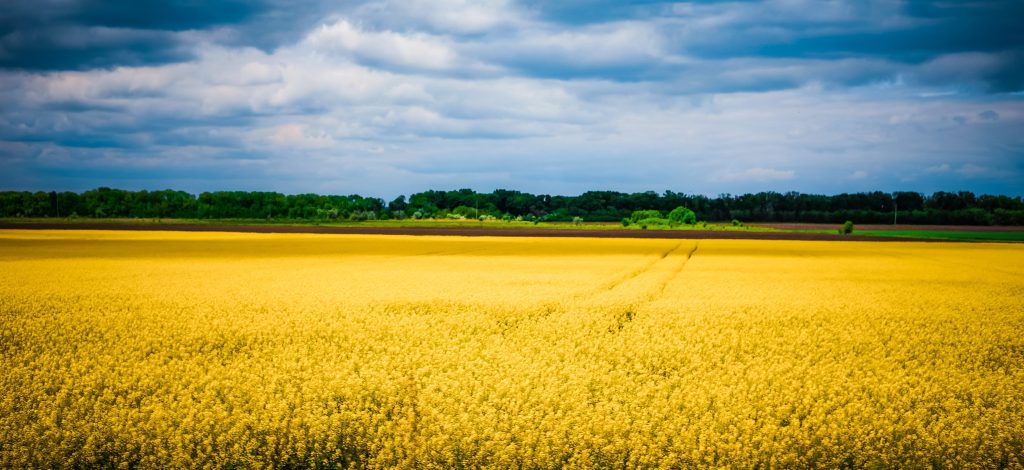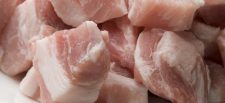The latest farming income figures have been published by the Department for Environment, Food and Rural Affairs (Defra), with the National Farmers’ Union (NFU) labelling the gains as “fragile”.
The figures showed that the total income from farming (TIFF) in the UK for 2024 was £7.7 billion, up by £1.6 billion (26.4%) from 2023.
Total livestock output in 2024 increased by £1.1 billion (5.6%) from 2023, to £20.1 billion, which Defra said was driven by increases in the values of eggs (35.2%), beef (9.3%) and milk (5.5%).
In 2024, the average price of eggs across all production methods increased by 8.7% to 144 pence per dozen, and this was attributed to increases in the production of higher-cost free-range eggs. High prices strengthened producer confidence, resulting in a 4.1% increase in total egg production.
In the beef sector, Defra said the increase in value (£352 million) was due to “historically high prices” for deadweight prime cattle along with a 3.8% increase in home-fed beef production. The overall farm-gate price of milk increased by 4.4% to 41p per litre in 2024, with higher prices driving increases in production volume in the latter half of the year.

Total crop output for 2024 decreased by £0.6 billion (down 5.3%) from 2023, to £11.7 billion. This decrease was driven by substantial falls in the values of wheat and barley (down 26.9% and 14.1% respectively) as well as oilseed rape (down 30.8%). The decrease in value of these key crop commodities was driven by poor yields caused by wet weather conditions in key planting periods, and a continued decrease in cereal and oilseed prices after the “exceptionally high” prices seen in 2022.
The largest contribution to total crop output in 2024 was wheat with a value of £2,161 million, while the largest percentage value decrease in a crop item in 2024 was for oilseed rape, which fell by 30.8% from 2023.
NFU president Tom Bradshaw responded to the figures, stating: “The headline figure of an improvement to farm profitability is clearly welcome and a step forward, but it hides the significant volatility seen in recent years and the variable returns across different farming sectors.
“This data, showing the year-on-year changes in farming incomes, is shaped by a complex mix of markets, weather and 2023 having the highest input costs in decades because of the tragic situation in the Ukraine – and these figures once again show just how exposed farmers across the four countries of the UK are to these pressures.”
“These modest gains are a step forward, but they are fragile. Without consistent policy support and market stability they won’t last.”
Bradshaw commented: “Arable farmers have been hit particularly hard due to falling global prices and extreme weather, and while some sectors like beef and sheep have recovered slightly, it comes after years of unsustainable returns. Set against historically low incomes, these modest gains are a step forward, but they are fragile. Without consistent policy support and market stability they won’t last.
“It’s positive to see that input costs have fallen by 5% compared to last year. However, they are still far above where they were before the global geopolitical shocks we have seen in recent years.
“This is why the upcoming Spending Review is so important. Farmers need certainty to plan and invest, and a long-term UK agriculture budget of £5.6 billion would help underpin our nature-friendly food production and support rural communities.
“Farmers are resilient and adaptable, but they cannot shoulder all the risk on their own. This is a clear signal that Government must step up and put food security at the heart of its priorities.”









